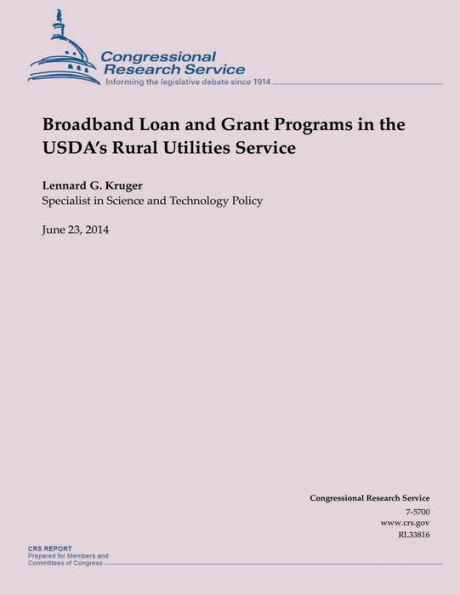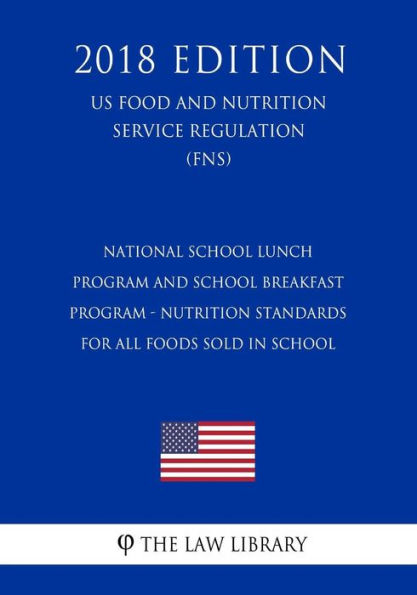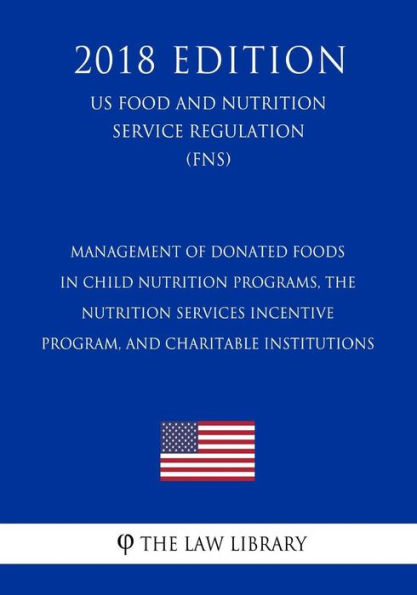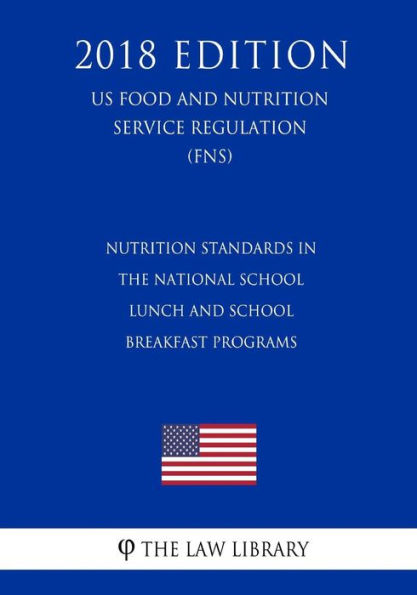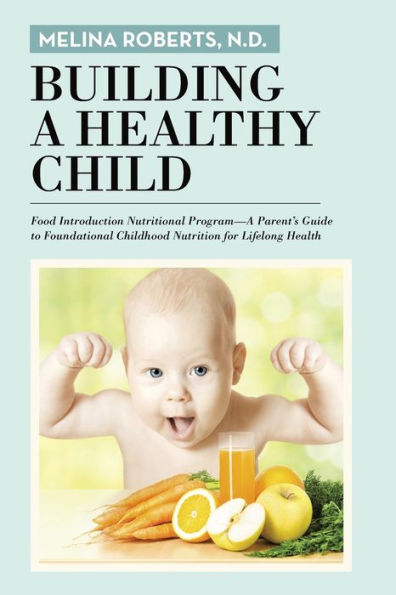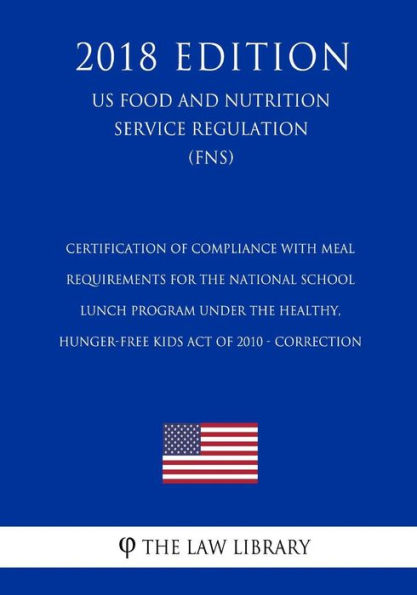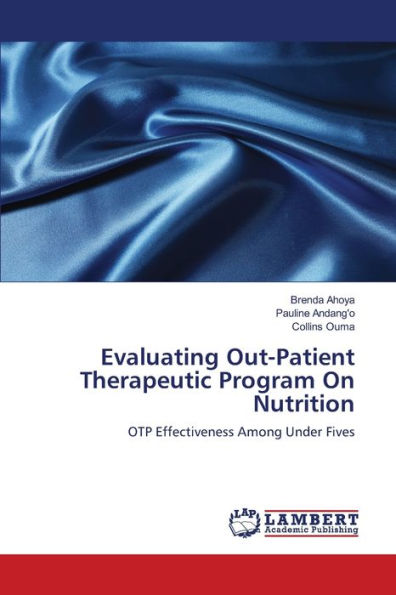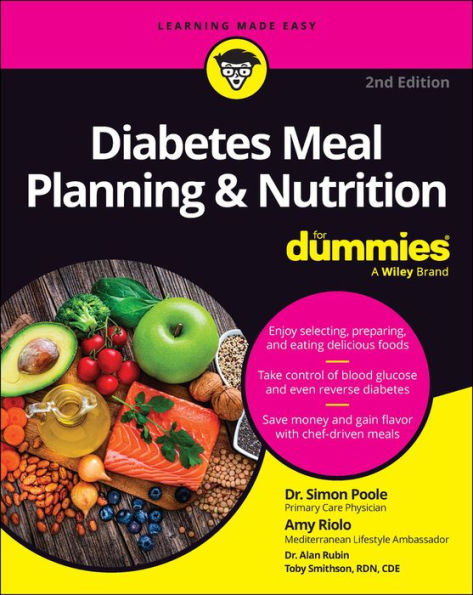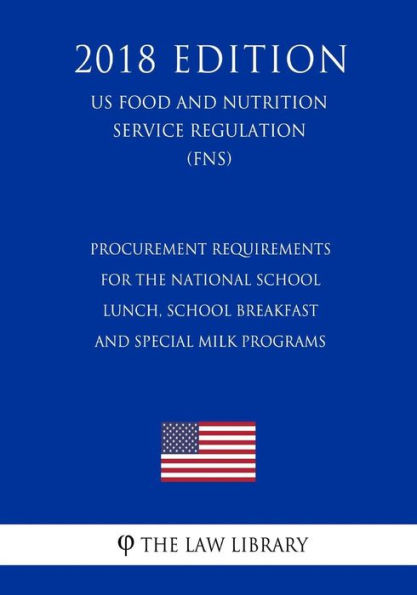Home
School Meals Programs and Other USDA Child Nutrition Programs: A Primer


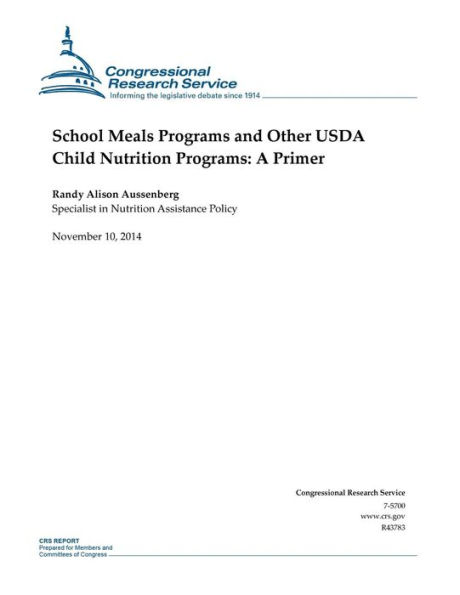
School Meals Programs and Other USDA Child Nutrition Programs: A Primer
Current price: $19.95
Loading Inventory...
Size: OS
"Child nutrition programs" is an overarching term used to describe the U.S. Department of Agriculture's Food and Nutrition Service (USDA-FNS) programs that provide food for children in school or institutional settings. The best known programs, which serve the largest number of children, are the school meals programs: the National School Lunch Program (NSLP) and the School Breakfast Program (SBP). The child nutrition programs also include the Child and Adult Care Food Program (CACFP), which provides meals and snacks in day care and after school settings; the Summer Food Service Program (SFSP), providing food during the summer months; the Special Milk Program (SMP), supporting milk for schools that do not participate in NSLP or SBP; and the Fresh Fruit and Vegetable Program (FFVP), which funds fruit and vegetable snacks in elementary schools. This report presents an overview of the benefits and services these programs and related activities provide as well as participation and funding information. The report emphasizes details for the school meals programs and provides an orientation to the operations of the other programs. The child nutrition programs are largely open-ended, "appropriated entitlements," meaning that the funding is appropriated through the annual appropriations process, but the level of spending is dependent on participation and the benefit and eligibility rules in federal law. Additionally, recipients of appropriated entitlements may have legal recourse if Congress does not appropriate the necessary funding. Federal cash funding and USDA commodity food support is guaranteed to schools and other providers based on the number of meals or snacks served, who is served (e.g., free meals for poor children get higher subsidies), and legislatively established (and inflation-indexed) per-meal reimbursement (subsidy) rates. In FY2013, federal spending on these programs totaled over $19 billion. The vast majority of the child nutrition programs account is considered mandatory spending, with trace amounts of discretionary funding for certain related activities. The underlying laws covering the child nutrition programs were last reauthorized in 2010 in the Healthy, Hunger-Free Kids Act of 2010 (HHFKA, P.L. 111-296). The legislation made significant changes in child nutrition programs-including increasing federal financing for school lunches, expanding access to community eligibility and direct certification options for schools, and expanding eligibility options for child care homes. The law required an update to school meal nutrition guidelines as well as new guidelines for food served outside the meal programs (e.g., vending machines and cafeteria a la carte lines). USDA updated the nutrition guidelines for school meals, and these changes have been gradually implemented in school meals. For school year 2014-2015, schools are following USDA rules that add nutrition guidelines for the non-meal foods sold in schools. Further information on the 2010 reauthorization's provisions can be found in CRS Report R41354, Child Nutrition and WIC Reauthorization: P.L. 111-296; however, some provisions will be discussed as part of this report's program overview.
